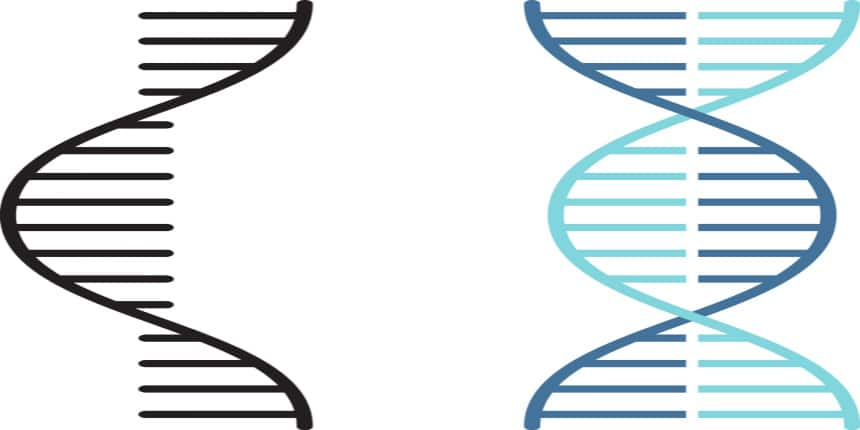rRNA Full Form
What is Full Form of rRNA?
The full form of RNA is Ribonucleic acid. On this planet, each individual is born with a unique appearance and set of characteristics. Have you ever wondered where we humans get our unique characteristics? The answer lies in the smallest fractional unit of our lives, which are known as cells. This unit contains the smallest molecular structure known as DNA, or deoxyribonucleic acid, and RNA, or ribonucleic acid. All the intricate hereditary characteristics of cells are held by DNA and RNA. Our life’s master blueprint is composed of genetic material, which is DNA, while the structure of protein code is thoroughly synthesised by RNA. RNA is classified into three types: rRNA, mRNA, and tRNA.mRNA stands for messenger ribonucleic acid, tRNA stands for transfer ribonucleic acid, and rRNA is ribosomal ribonucleic acid. Here our main focus is on rRNA; hence, we will learn about it in detail. rRNA, or ribosomal ribonucleic acid, is a ribosome that is transferred to the cytoplasm to translate the information in mRNA into protein.
- What is Full Form of rRNA?
- Structure of rRNA
- Working Of rRNA
- Functions Of rRNA

Structure of rRNA
A major part of the ribosome consists of a type of RNA known as ribosomal RNA. It is a single-stranded RNA molecule. This rRNA can be divided into four regions, which are the linker region, variable region, larger subunit, and smaller subunit. Let us dive deep into how these rRNA units help in decoding mRNA and hence in the translation of proteins. The larger subunit is responsible for decoding and translation of mRNA into proteins with three major binding sites, namely the P site, the A site, and the E site. The linker region forms a connective pathway by connecting large and small subunits of ribosomal RNA. The variable region binds specific proteins or smaller molecules.
Working Of rRNA
In the cell nucleus, or nucleolus, molecules of RNA are synthesised. They are dense in nature and contain genes; these genes encode rRNA. The encoded rRNAs differ in size, ranging from large to small. Distinctively, a single ribosome will have a larger rRNA as well as a smaller rRNA, which then form subunits and recombine with proteins in the nucleolus. Because of its unique ability to recognise conserved portions of mRNA and tRNA, rRNA is referred to as a secondary structure.A single cell consists of 50 to 50,000 sets of rRNA genes. The rRNA regulates protein synthesis, which involves the joining of amino acids to form protein molecules.Due to this reason, they are also known as catalytic RNA
Functions Of rRNA
rRNA has been widely used for the synthesis of proteins. The 3-dimensional structure of rRNA with internal helices and loops creates three sites, namely A, P, and E. The rRNA attaches to mRNA and tRNA, respectively, in order to translate the codon sequence into an amino acid sequence of proteins.
rRNA produces microRNA that helps mediate inflammation and illness of the heart.
It is considered one of the most important parts for carrying the genetic material.
It functions in the catalysis of the addition of water molecules to the polypeptide in the P site.
